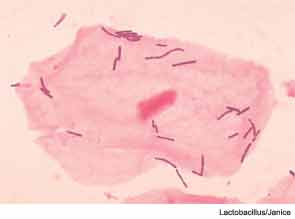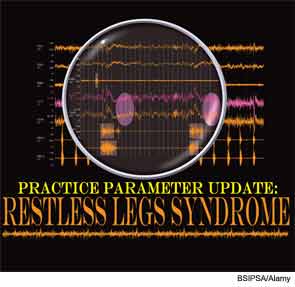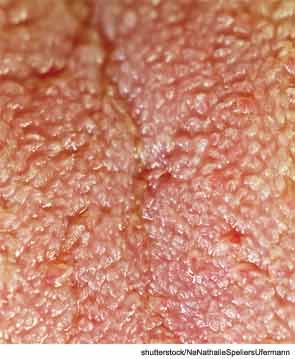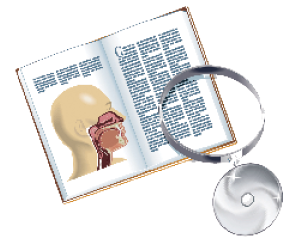Issues surrounding the therapy include optimal patient selection, the best dosage and duration of therapy and the most effective drugs to use
Congress Mandates Better Reporting of Tinnitus Among United States Military
Tinnitus is the No. 1 cause of disability among veterans, accounting for nearly 11 percent of all disability claims
2013 CPT Code Changes May Impact Your Practice
New Current Procedural Terminology codes, including codes for reporting pediatric sleep studies and intraoperative neurophysiology monitoring, are now available.

Restoring Microbial Balance Key to Keeping Sinuses Healthy
New research suggests that shifting bacterial populations may spur chronic rhinosinusitis

Post-Tonsillectomy Taste Disorders Rare but Present
Although rare, long-term taste complications following tonsillectomy may indicate a need for more pre-op counseling and post-op follow-up

Otolaryngology Practice Parameter Update: Restless Legs Syndrome
Literature Review: A Roundup of Important Recent Studies
Bilateral cochlear implants improve spatial acuity; SSCD treated with surgical plugging; vocal fold paresis following neonatal cardiac surgery; management of temporal bone defects after oncologic resection; pattern of active HPV expression correlates to disease course; safety of antimicrobial photodynamic therapy for CRS studied

Tonsillectomy Surgical Practices May Play a Role in Taste Disorders
Otolaryngologists suspect that prolonged tongue depression during tonsillectomy could result in taste disturbance

Are Hyoid Procedures a Reasonable Choice in the Surgical Treatment of OSA?
The role of hyoid procedures in the surgical management of SDB remains uncertain, as several reports have emerged questioning their potential benefit.

Are Post-Operative Hearing Results Better with Titanium Ossicular Reconstruction Prostheses?
Do the low weight, high rigidity and delicately engineered design of titanium prosthesis lead to superior hearing results?
- « Previous Page
- 1
- …
- 117
- 118
- 119
- 120
- 121
- …
- 161
- Next Page »